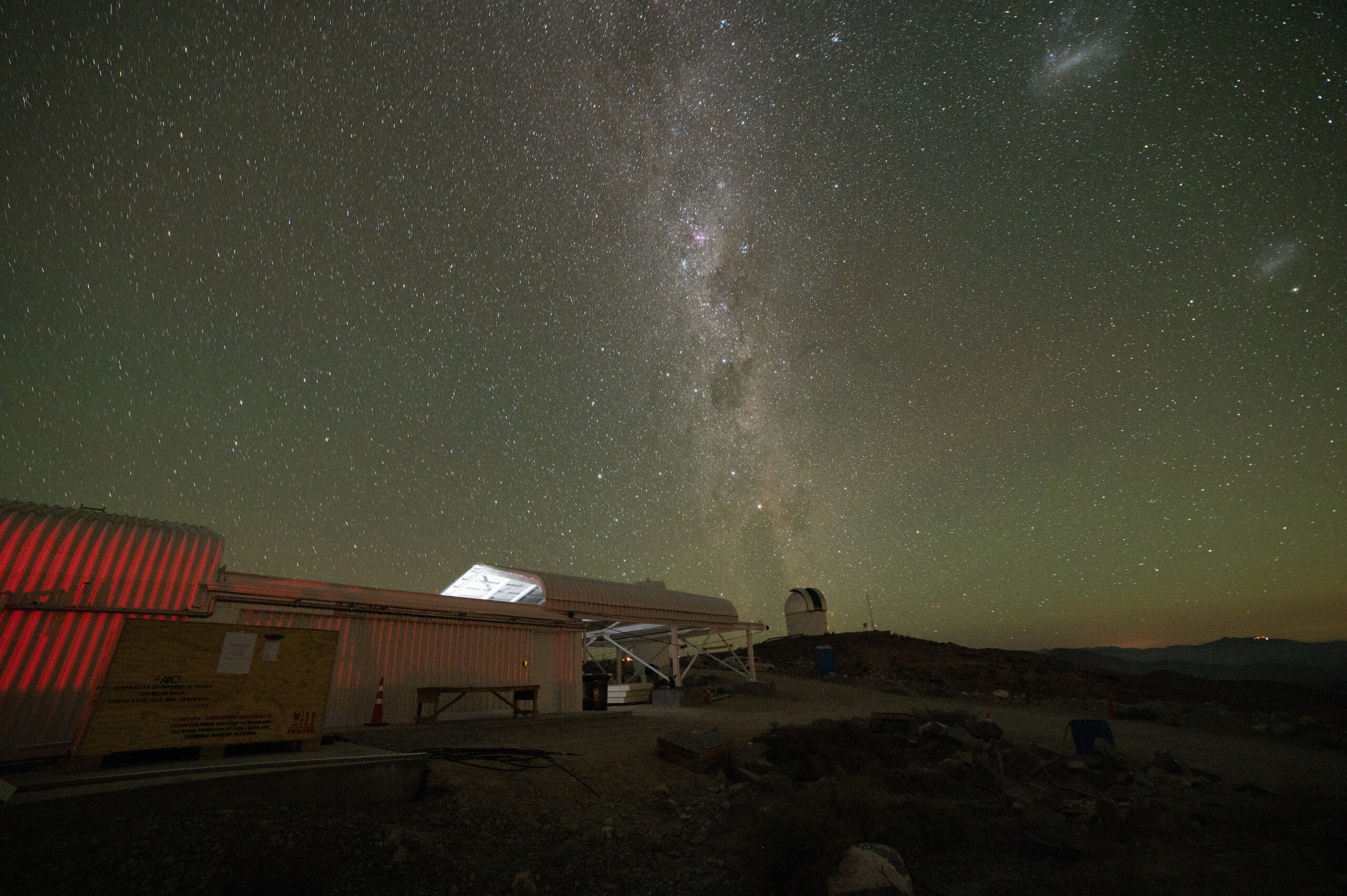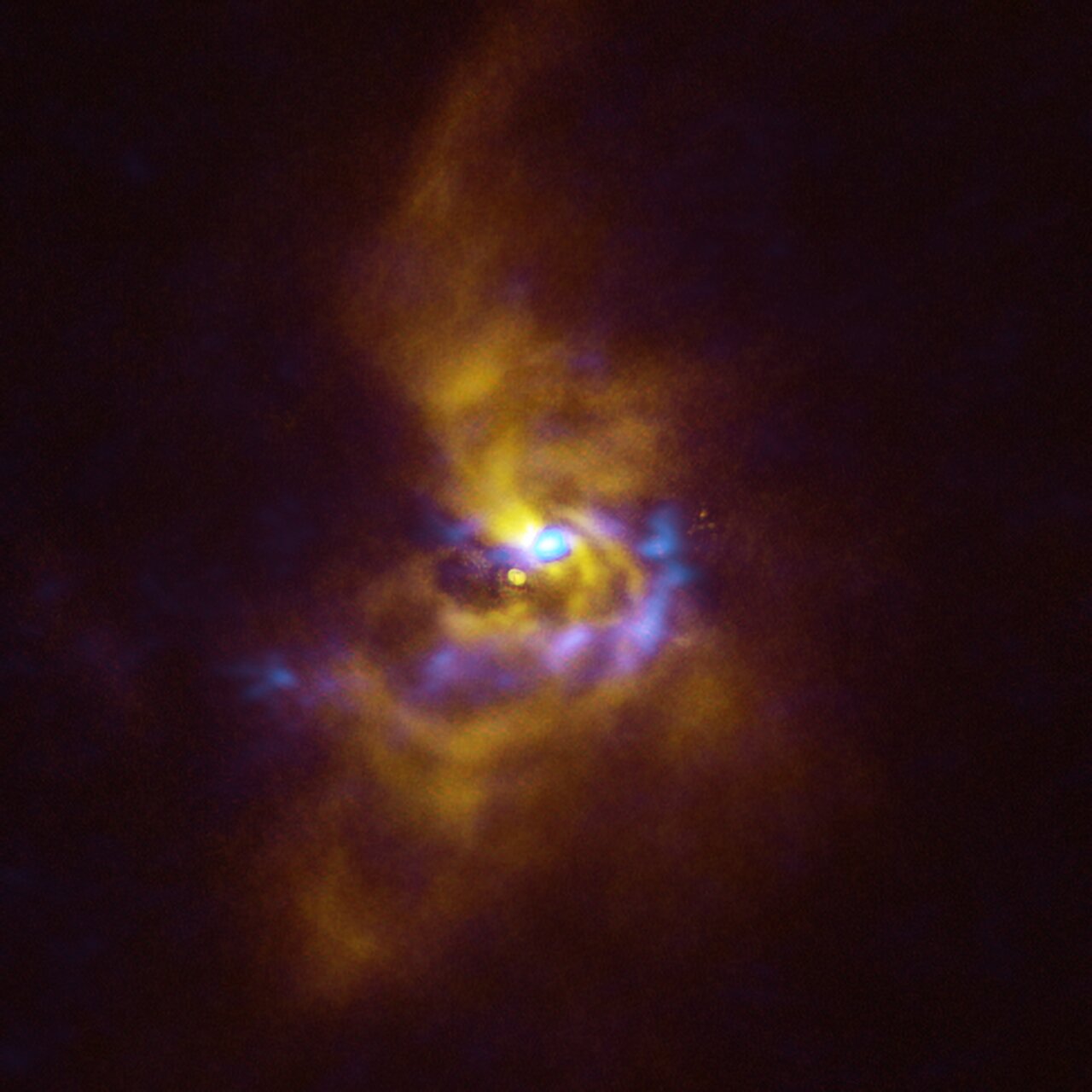
Gender balance at the Astronomy Nucleus
+
-
INVERSE COLORS
We’re proud that after working hard towards having a gender balanced team in the Astronomy Nucleus we’ve succeed. It is well documented that the challenge in having a gender balanced team was not about the low numbers of competitive female applicants, but rather about subconscious biases that hamper the academic world. These biases have an impact in how academia evaluate female candidates, grading them worst in their proposals and CVs than men, but also how female candidates evaluate themselves, believing they have little chance to be considered for jobs and grants so they simply don’t apply.
In order to achieve gender balance, therefore, it has been crucial to have a common goal as a group. This has been already a challenge considering all the definitions academia defines as “success and competitiveness” and that we are as a group diverse in ideas and ways to address the issue. We had to make pragmatic decisions and compromises beforehand hiring processes, such as considering gender balance within the Astronomy Nucleus as a foremost priority, and strategically target and welcome female applications to the jobs. When they applied to our last faculty job call, alongside with very competitive male applications, we were glad we had made the decision before because that allowed us to treat female and male applications separately, ensuring equal opportunities for both genders when competing against each other.
We’re super excited that we could in this way bring two female faculty to our team, and so achieve a gender balance of 5 women out of 11 faculty. The two of them were already making an impact at the European Southern Observatory, and are doing their transition to keep contributing to Chilean astronomy through the Astronomy Nucleus UDP.
Bin Yang, originally from China, obtained her PhD from the University of Hawaii, USA. For the past 5 years, she was a staff astronomer at ESO. She is interested in the formation of planetary systems, in particular, the formation and evolution of our Solar System. Her research has been largely focused on characterizing primitive small bodies (i.e. asteroids and comets), over a wide range of wavelengths, using diverse observing techniques. Ultimately, she aims to establish links between our own Solar System with planetary systems around other stars.
“I am very excited about joining UDP, as the research groups here are very energetic and productive. I share a common interest in planet formation with professor Cieza, professor Zurlo and professor Jenkins at UDP. Combining the detailed information on individual objects from Solar System studies with the bulk properties of distant exo-planetary systems of different ages and the considerable access to the Chilean-based facilities, I am hoping to tackle the outstanding questions in planetary and exoplanetary science together with my UDP colleagues. “ – Bin Yang.
Chiara Mazzucchelli, originally from Italy, obtained her PhD at the Max-Planck Institute for Astronomy in Heidelberg (Germany), and later on she moved to Chile in 2018 as a fellow at ESO. Her research focuses on quasars and galaxies in the Epoch of Reionization, i.e. in the first billion years of cosmic history. In particular, she is interested both in the search for new bright quasars at the redshift frontier, that already host extremely massive black holes, and in the study of their physical properties and environments, which are predicted to be amongst the richest in the early universe.
“I am very excited to join the Nucleo de Astronomia at Universidad Diego Portales. I chose UDP as I value its very active, welcoming and multi-cultural environment. Moreover, UDP plays an important role in the very vibrant AGN community in Santiago, where my research topic and expertise can naturally contribute to and benefit from new and existing collaborations.” – Chiara Mazzucchelli.
Very soon the research done by female astronomers at the Astronomy Nucleus will be very wide, from the closest objects of the Solar System (Bing Yang), the near-by exoplanets (Alice Zurlo), the stars in the Milky Way (Paula Jofre), the galaxies in the Local Group (Evelyn Johnston) to the most distant quasars of the Universe (Chiara Mazzucchelli).









